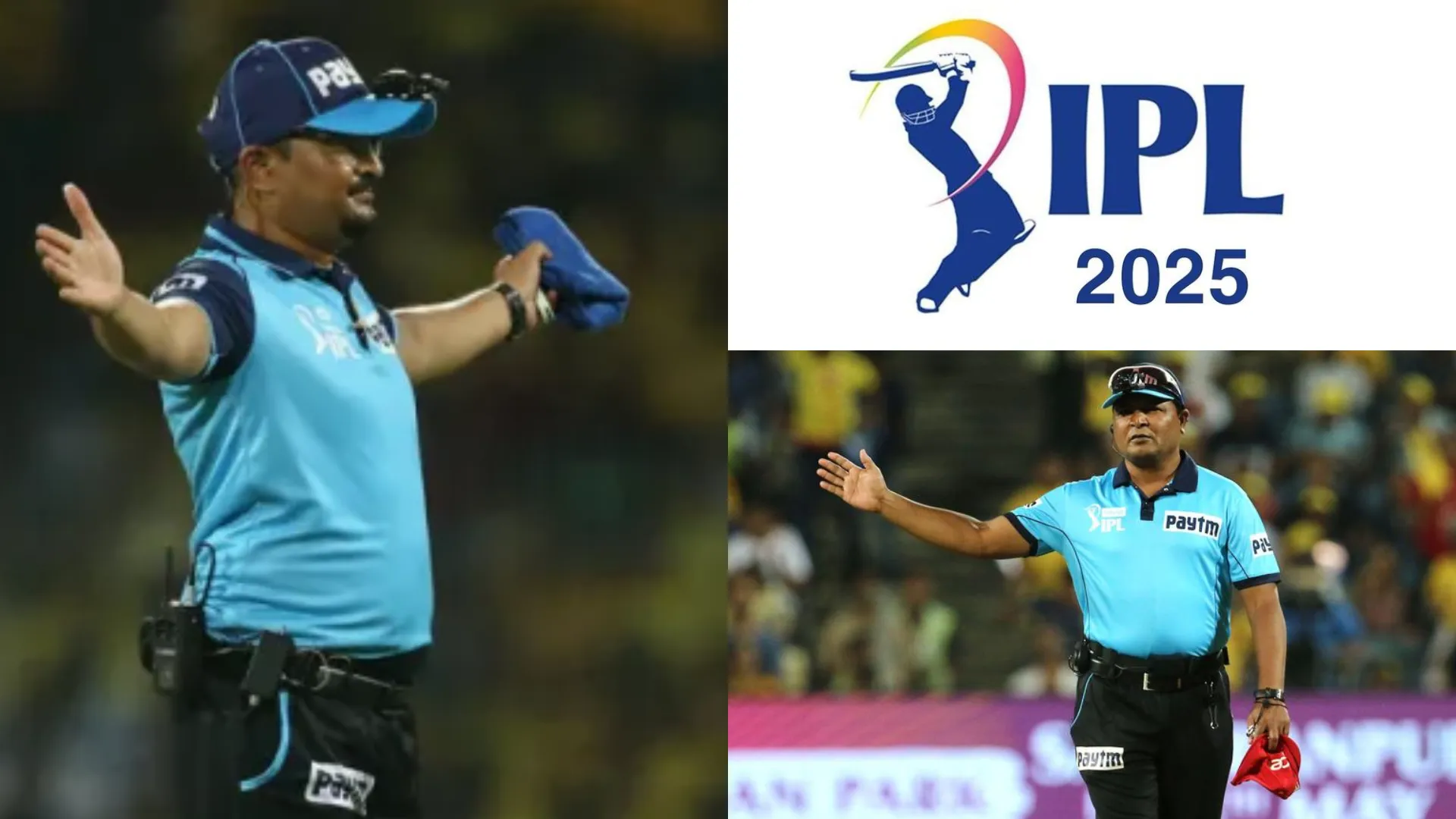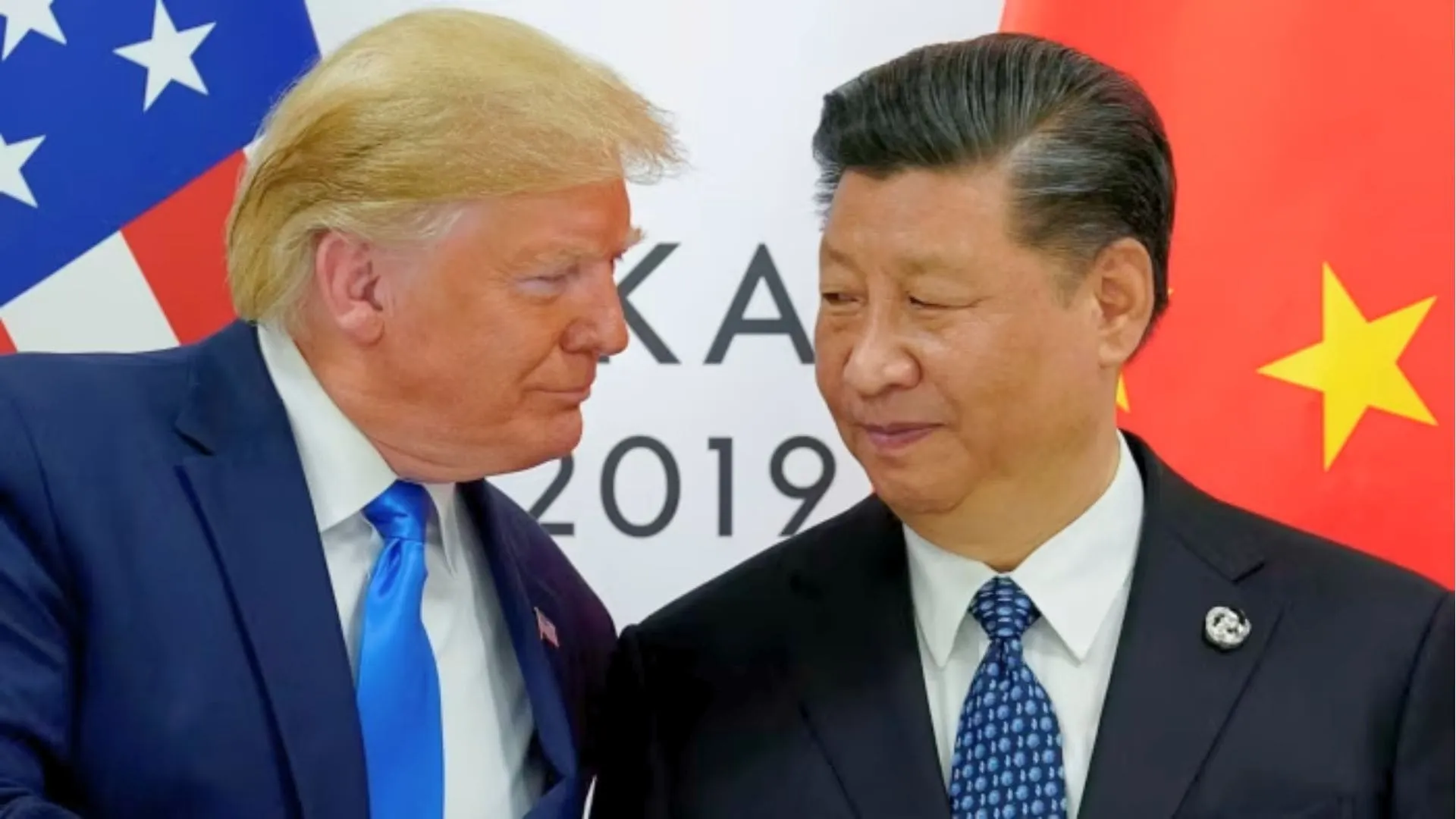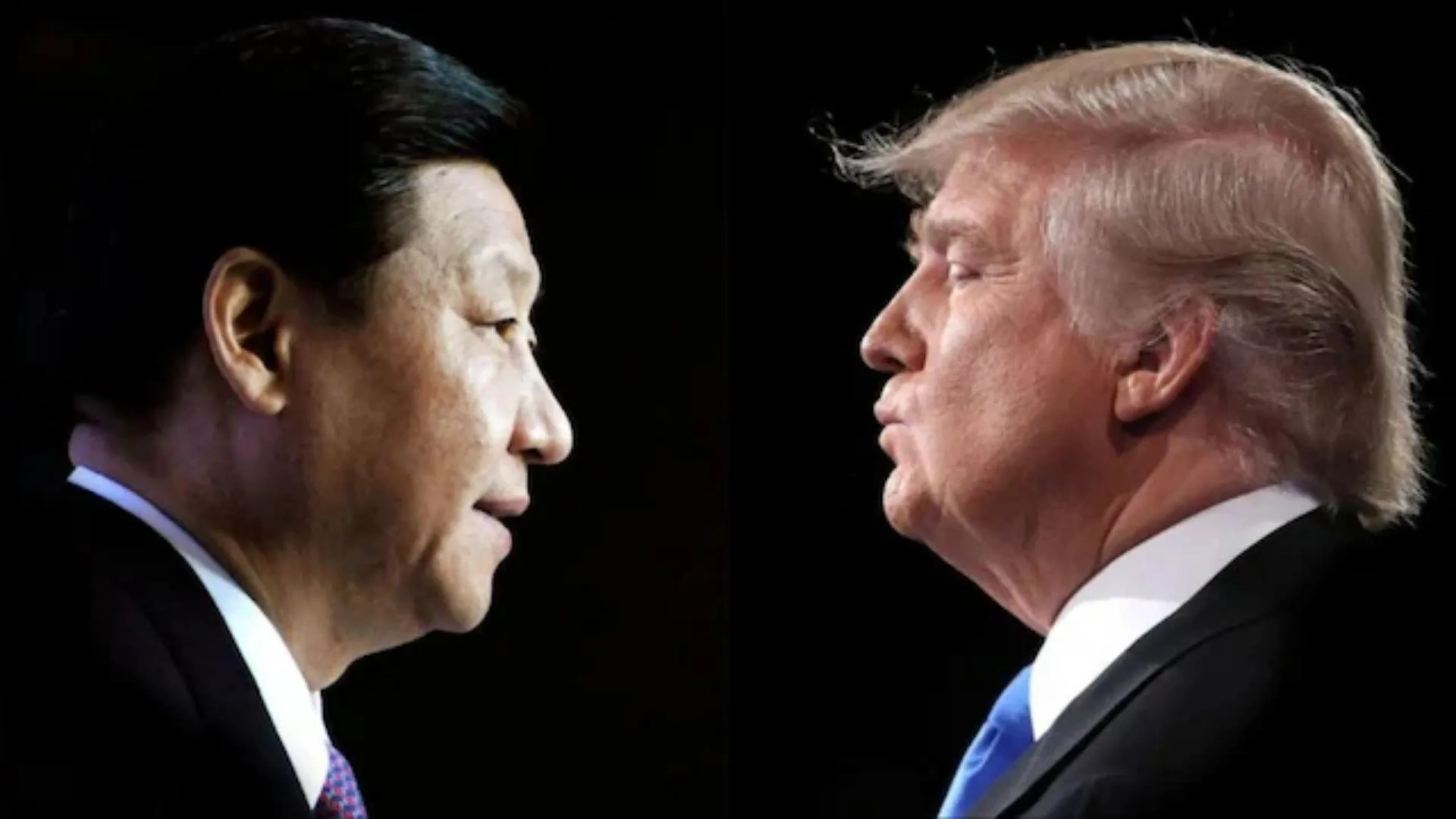The 2025 Indian Premier League (IPL) season has brought with it major overhauls to its Decision Review System (DRS), most importantly permitting players to appeal on-field decisions on wides and no-balls. This development is intended to make umpiring decisions more accurate and provide a more equitable contest between bat and ball. Yet, as with any major alteration, these changes have raised questions regarding their effect on match results, game flow, and the general fan experience.
Comprehending the New DRS Rules Used in IPL
In the past, the DRS allowed the players to challenge decisions made under dismissal. The 2025 revision extends this to allow reviews of no-balls and wide deliveries, including those ruled for altitude. This is supported by sophisticated technologies such as Hawk-Eye and ball-tracking systems, which help third umpires provide accurate judgments. Indian Board of Control for Cricket (BCCI) has implemented systems to measure the waist, shoulder, and head heights of batters, allowing more accurate analyses of short-pitched balls and over-the-waist full tosses. Integration of Technology: Hawk-Eye’s Role
Hawk-Eye technology is central to these judgments. It provides automatic measurements of the movement of the batter as well as the ball’s path, enabling the third umpire to decide whether a delivery is a wide or no-ball. Interestingly, these measurements are only seen by the TV umpire and never appear on screens broadcast.
Impact on Match Outcomes
The introduction of wides and no-balls review has made its own impact on match dynamics:
- Improved Decisional Accuracy: The players can now correct possible errors by the umpires, thus resulting in fairer results.
- Strategic Deployment of Reviews: Teams have to wisely use their limited reviews balancing the urge to challenge wide or no-ball declarations with the imperative to review possible dismissals.
- Potential for Delay of Games: Excessive reviews can disrupt the flow of the game. There have been occurrences where numerous DRS reviews, particularly for wide balls, have prolonged the length of matches, raising alarms regarding how the game could slow down.
Players and Expert Responses on New IPL Rule
The cricket fraternity has displayed a range of reactions to these modifications:
- Support for Technological Assistance: Numerous voices support the utilization of technology to aid umpires, citing the necessity for accurate decisions in big-match situations.
- Concerns regarding Game Pace: Others contend that overuse of reviews, particularly for wides and no-balls, might slow the game and also depreciate the watching experience.
- Hilarious Observations: Shark Tank India judge Anupam Mittal jokingly quipped that the game is now so weighted in the batsman’s favor that bowlers could be substituted with bowling machines, identifying the plight of bowlers under the prevailing regulations.
Statistical Insights
Although complete data is still being gathered, preliminary observations are that:
- More Use of Reviews: Teams are using their reviews more, with a significant percentage spent on disputing wide and no-balls.
- Success Rates for Reviews: The success rate of such reviews is different, highlighting the need for tactical decision-making in their use.
Wider Ramifications
The expanded DRS protocols reflect a broader trend in cricket towards integrating technology to uphold the sport’s integrity. While the primary goal is to minimize human error, it’s essential to balance technological interventions with the game’s traditional flow and spirit.
Scope Beyond the IPL: A Case for International Cricket
The success and also the criticism of this system within the IPL has raised questions on its potential to be adopted for international cricket. With the very top of the game still experiencing tight finishes and matches decided on thin margins, the requirement of accurate and fair decision-making gets more urgent by the day. Some past cricketers as well as cricket analysts have appealed to the International Cricket Council (ICC) to examine the model of the IPL in depth.
Implementing wides and no-balls reviews in formats such as T20 Internationals or even ODIs would decrease controversy and give teams greater control over deciding pivotal moments in the game. Although it might take longer to gauge long-term viability in all conditions and formats, the IPL 2025 season could very well act as a trial ground for what will maybe become the global standard in the sport.
The addition of no-ball and wide reviews to the IPL’s DRS is an important move towards improving decision-making accuracy in cricket.
While it holds promise for more equitable outcomes, it also presents issues pertaining to game flow and strategic review management. With time, teams, authorities, and supporters will learn to adjust to these, influencing the direction of the sport in the future.





















